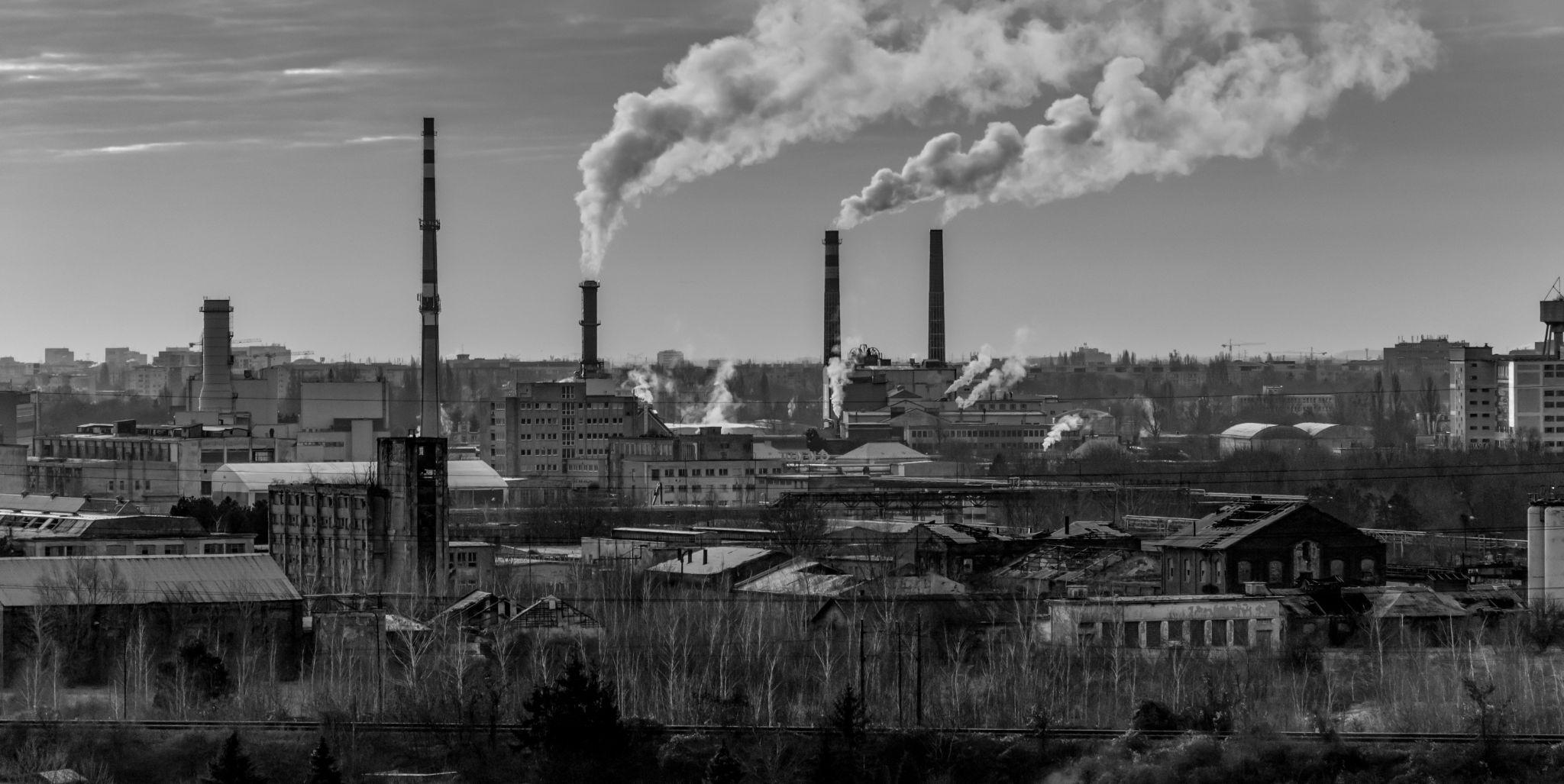Author | Arantxa HerranzCan an airplane engine manufacturing company like Rolls-Royce, greatly affected by the current situation, do anything to boost the economy after the pandemic caused by COVID-19? The answer is a categorical yes. The aerospace giant is, after all, a major advocate of the digital transformation, and it has joined other leading industrial technology companies to help kickstart the economy with one of its most powerful resources: data.
The economic impact of the coronavirus
The economic consequences of COVID-19 are so immense that many are talking about the worst economic recession in decades, to the point that some experts are referring to a postwar situation. In the United States alone, the number of people applying for unemployment benefits reached an all-time high. One in four workers are thought to have lost their job. Furthermore, the drop in demand for fuel has made the price of oil drop to levels not seen in 20 years.Most of the main economies in industrialized countries are going to go into recession. And although the most advanced economies are expected to be the hardest hit by the COVID-19 crisis, there are two emerging regions that will suffer above average declines: Europe (some specific countries in particular) and Latin America and the Caribbean.
How can shared data help us?
The impact of this disease is going to be (and is already) economic. But, apart from fiscal policies of one sort and another, is there any other way to boost the economy that does not involve taxes and benefits?Data, we are told, are the new oil. Therefore, the aim of EMER²GENT is to bring together datasets from all different industries to cooperate in new ways in order to find new ideas and innovations to get through this crisis.The goal is to collaborate in order to study whether there are previously unknown or unexpected correlations that may provide information about the behavior of the virus and how it can be detected and optimize the recovery from the situation. The repository contains code made available to the public. To that end, datasets from different industries are being unified. Until now, all this information was not available to the public. And, in addition, all the platforms and tools being used for this project will be shared among all the alliance members free of charge.
To that end, datasets from different industries are being unified. Until now, all this information was not available to the public. And, in addition, all the platforms and tools being used for this project will be shared among all the alliance members free of charge.
What exactly is EMER²GENT?
The aim of the alliance is to publicize all data contributed to the project when possible, whether in its original format or anonymized. All outcomes and models developed as part of this initiative will be published publicly on its platform and GitHub.Rolls-Royce is behind the initiative as, for some time now, the company has had a business unit (R2) dedicated, precisely, to the analysis of data assets, within and outside the company. The aim is to analyze all this information and generate economic value. This division tends to work to help clients in their aerospace, marine, thermonuclear and energy systems divisions gain a better advantage of data and analysis.Collaborating with the company on this road to economic recovery, are other major companies unrelated to aerospace engineering. These include Google, IBM, the Leeds Institute for Data Analytics, the data privacy specialist Truata or the Leeds Open Data Institute. These firms work on the analysis and preparation of reports based on data such as mobility studies, public sentiment data in each country or economic perspectives in, what are now, real databases and possible and still theoretical scenarios.With this information, EMER²GENT and its members hope to get ahead of the pandemic to kickstart the economic recovery.
Other datasets related to COVID-19
Since the start of this pandemic, many datasets have been released with different purposes and missions. Many of them focus on medical research aspects. For example, the U.S. National Institute of Health (NIH) has launched the COVID digital pathology repository, a virtual collection of high resolution microscopic COVID-19-related human tissue images.The EU has also published a dataset containing the latest available public data on COVID-19, including a daily situation update, the epidemiological curve and the global geographical distribution. Every day a team of epidemiologists screens up to 500 relevant sources to collect the latest figures.Meanwhile, the aim of the Oxford COVID-19 Government Response Tracker, is to track and compare policy responses around the world, rigorously and consistently.In others, however, changes in traffic are analyzed, including cars and pedestrians, and how these affect mobility. The aim, in this case, is to assess the changes in mobility behavior: if we use the car more, how far we are capable of walking, if there is less acoustic pollution…This coronavirus may have caused major changes, unseen until now. The opportunity now is to use the data to recover from this situation as soon as possible and be better prepared for future events.Images | Pexels
























































